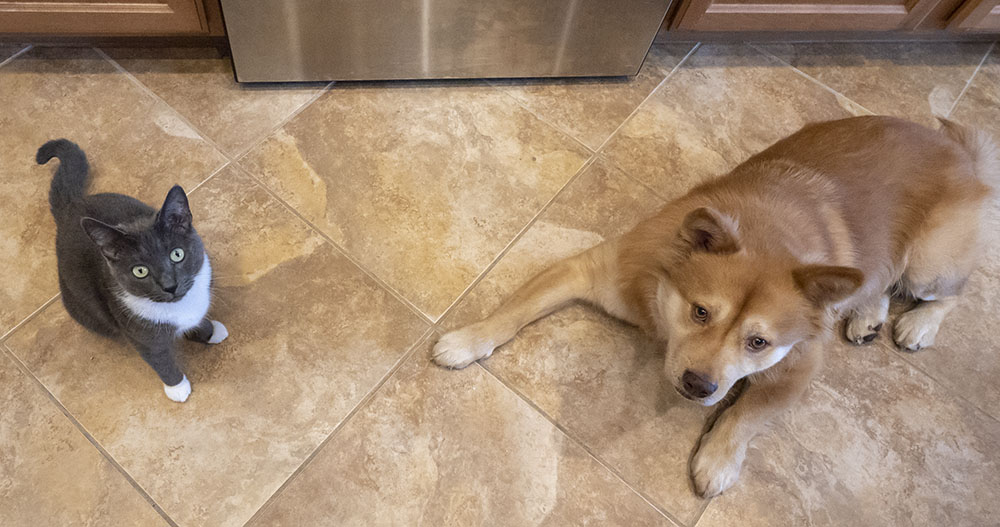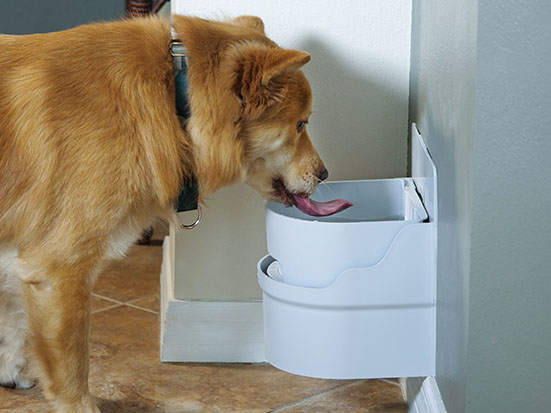Parvo is a highly infectious and potentially deadly viral infection that affects dogs. To protect your precious pup from getting parvo, you should have him or her vaccinated as soon as possible. However, for some dogs, such as ones with compromised immune systems, this might not be an option. In these cases, you must control both the outdoor and indoor environments to eliminate your dog’s exposure to the virus.
Outdoor
Since parvo is spread via contact with the feces of infected dogs, you must keep your yard clean. Remove all feces and toss the pooper-scooper in the garbage when you’re done. You should also spray your dog’s favorite spots with a solution of bleach and water.
Aside from keeping your own yard clean, you must reduce your dog’s chances of coming in contact with sick animals. This means avoiding dog parks and any other area where there’s a high population of possibly infected dogs.
Indoor
Inside, you’ll need to clean everything with a bleach-and-water solution, since bleach is the only disinfectant that’s been shown to destroy the virus. If your dog likes a spot, clean it – the furniture, the floor, even the walls! Pay special attention to your doggy’s food and water bowls. You can either bleach them out or throw them away and buy new ones.
It’s possible to track in parvo-contaminated soil, so it’s also necessary to thoroughly clean all carpets and bedding.
If you’re vigilant and work hard to keep things clean, there’s no reason your dog should ever contract the parvovirus. If something goes wrong and your beloved pooch does become infected, be sure to seek veterinary help right away. Parvovirus left untreated is lethal.


